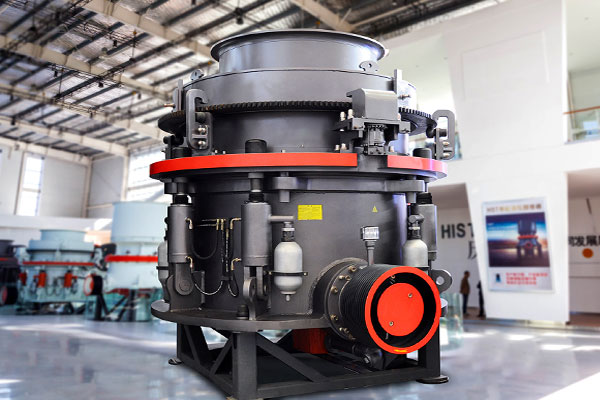The capacity of a cone crusher refers to the maximum amount of material it can process in a given time period. It is an essential parameter that determines the efficiency and productivity of the crusher. In this response, I will provide you with information about the capacity of cone crushers, including their specifications and factors that influence their performance.
Cone crushers are widely used in the mining and aggregate industries to crush various materials, such as ore, limestone, and rock. They operate by squeezing the material between an eccentrically rotating mantle and a concave, or bowl liner. As the mantle moves, it creates a compression force, which breaks the material into smaller pieces.

The capacity of a cone crusher is typically measured in terms of the throughput, which is the quantity of material that can be crushed per unit of time. It is commonly expressed in tons per hour (tph) or metric tons per hour (mtph). The capacity of cone crushers can vary significantly depending on several factors, including the type of material being crushed, the closed-side setting (CSS) of the crusher, the feed size distribution, and the crushing chamber design.
Manufacturers provide specifications for cone crushers that include the maximum capacity they can achieve under specific conditions. These specifications are determined through extensive testing and are intended to guide customers in selecting the appropriate crusher for their application. When evaluating the capacity of a cone crusher, it is important to consider both the nominal capacity and the actual capacity.
The nominal capacity represents the theoretical maximum capacity of the crusher, assuming ideal operating conditions. However, in practice, various factors can reduce the actual capacity. For example, if the feed material is too hard or contains a high percentage of fines, the crusher may experience reduced capacity. Similarly, a smaller CSS setting or a restricted feed opening can limit the crusher’s capacity.
To illustrate the capacity of cone crushers, let’s consider an example. A manufacturer might specify that a particular model of cone crusher has a nominal capacity of 200 tph. This means that under ideal conditions, the crusher can process up to 200 metric tons of material per hour. However, the actual capacity achieved in real-world applications may be lower, depending on the factors mentioned earlier.
